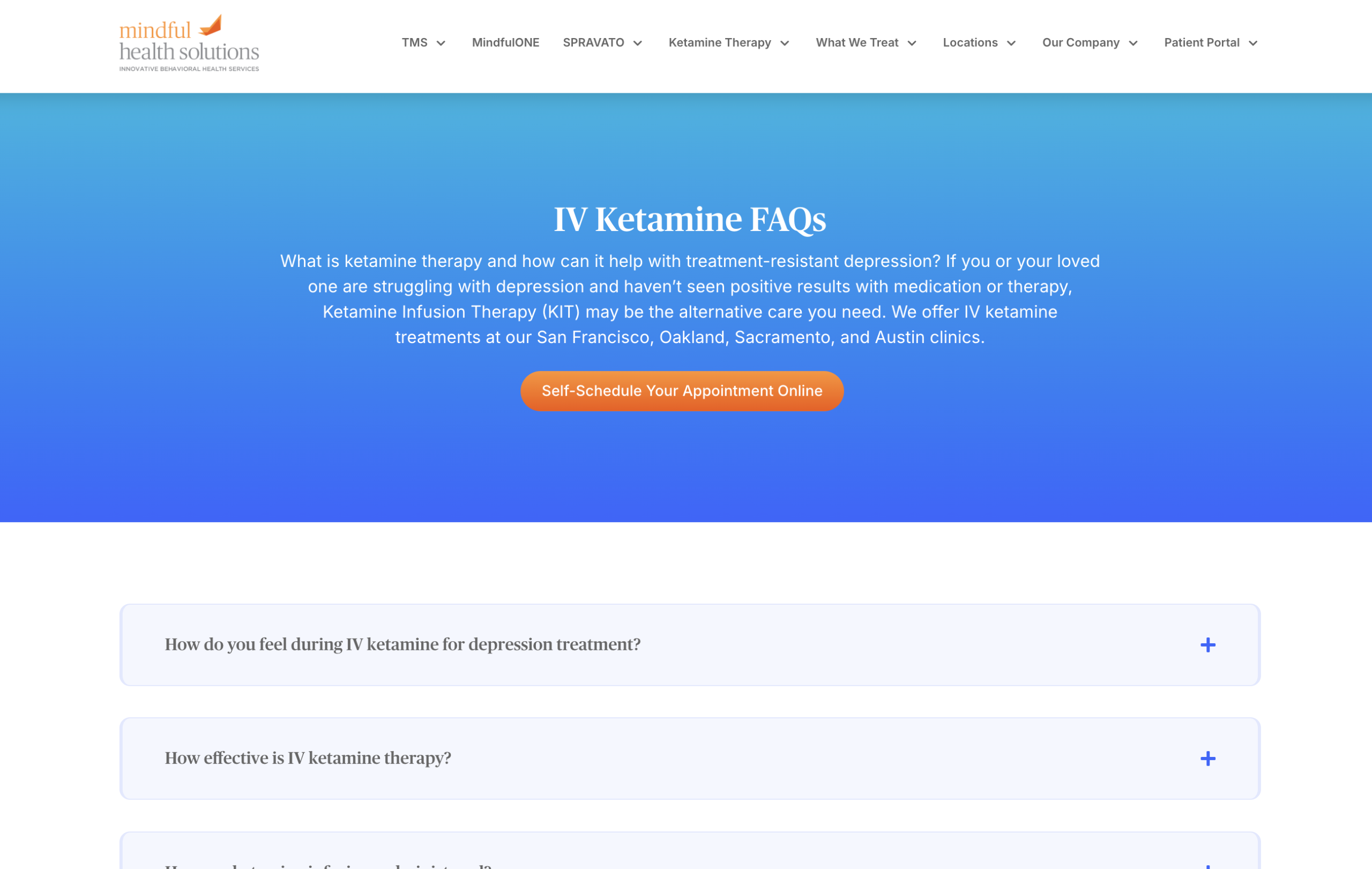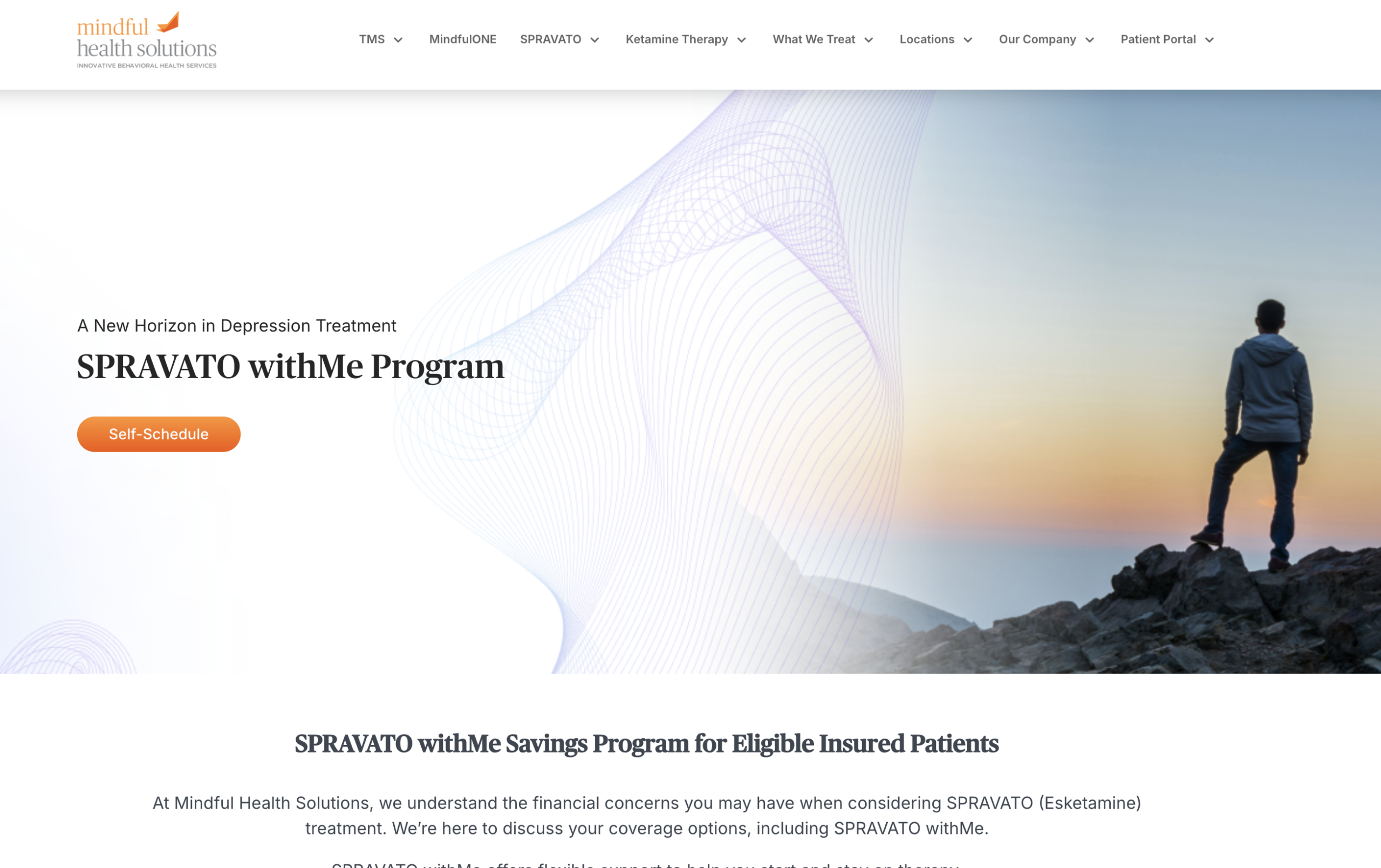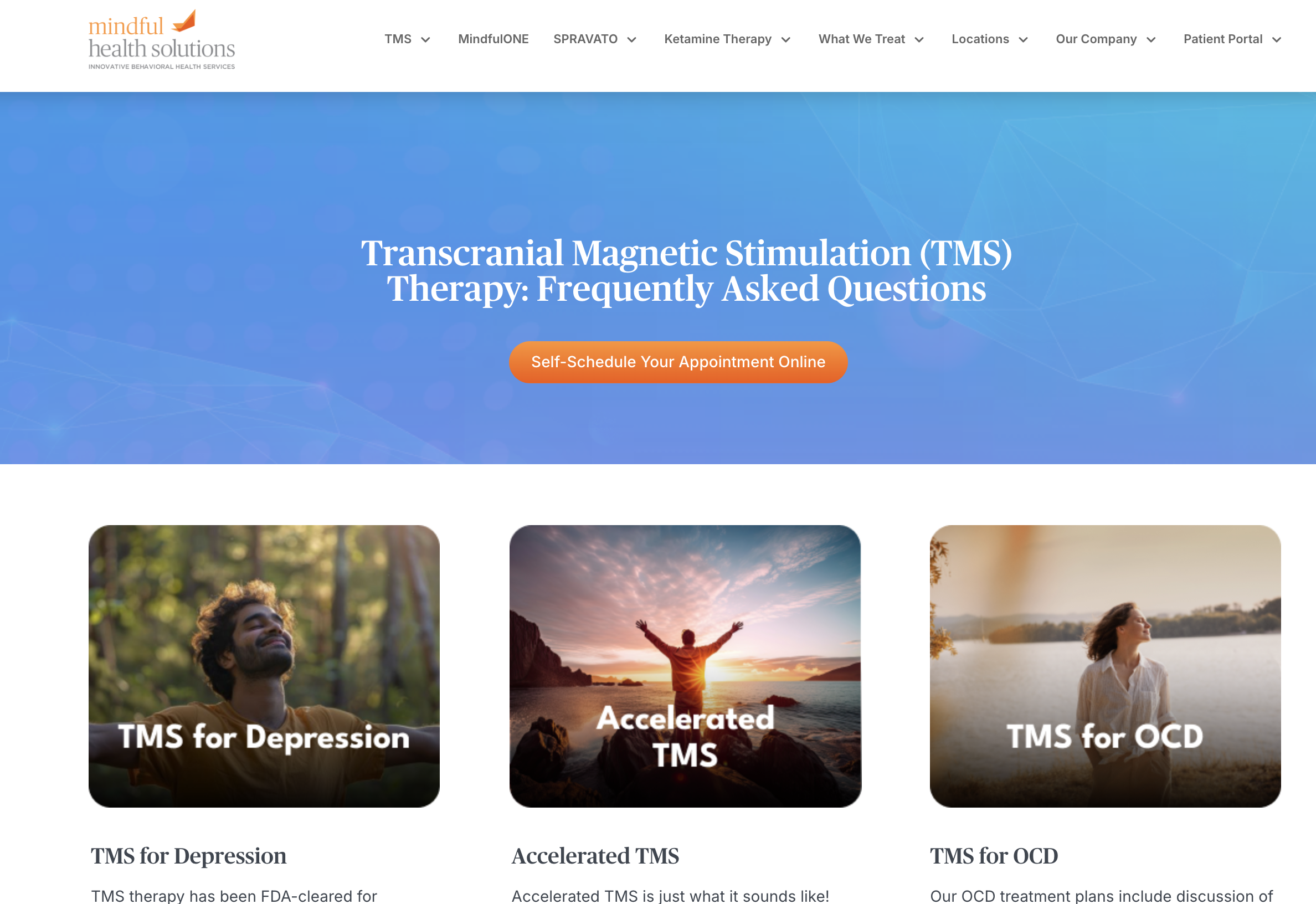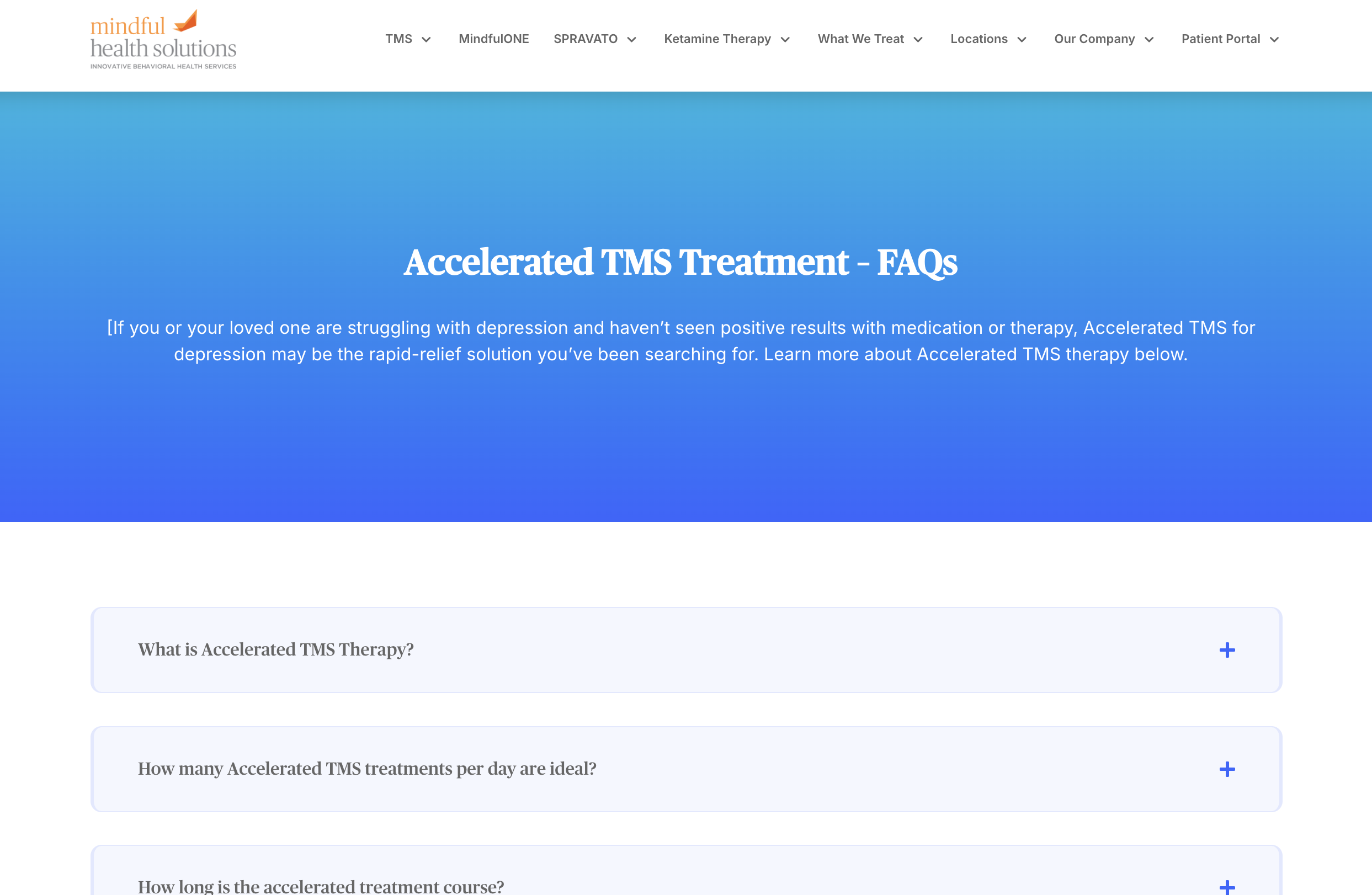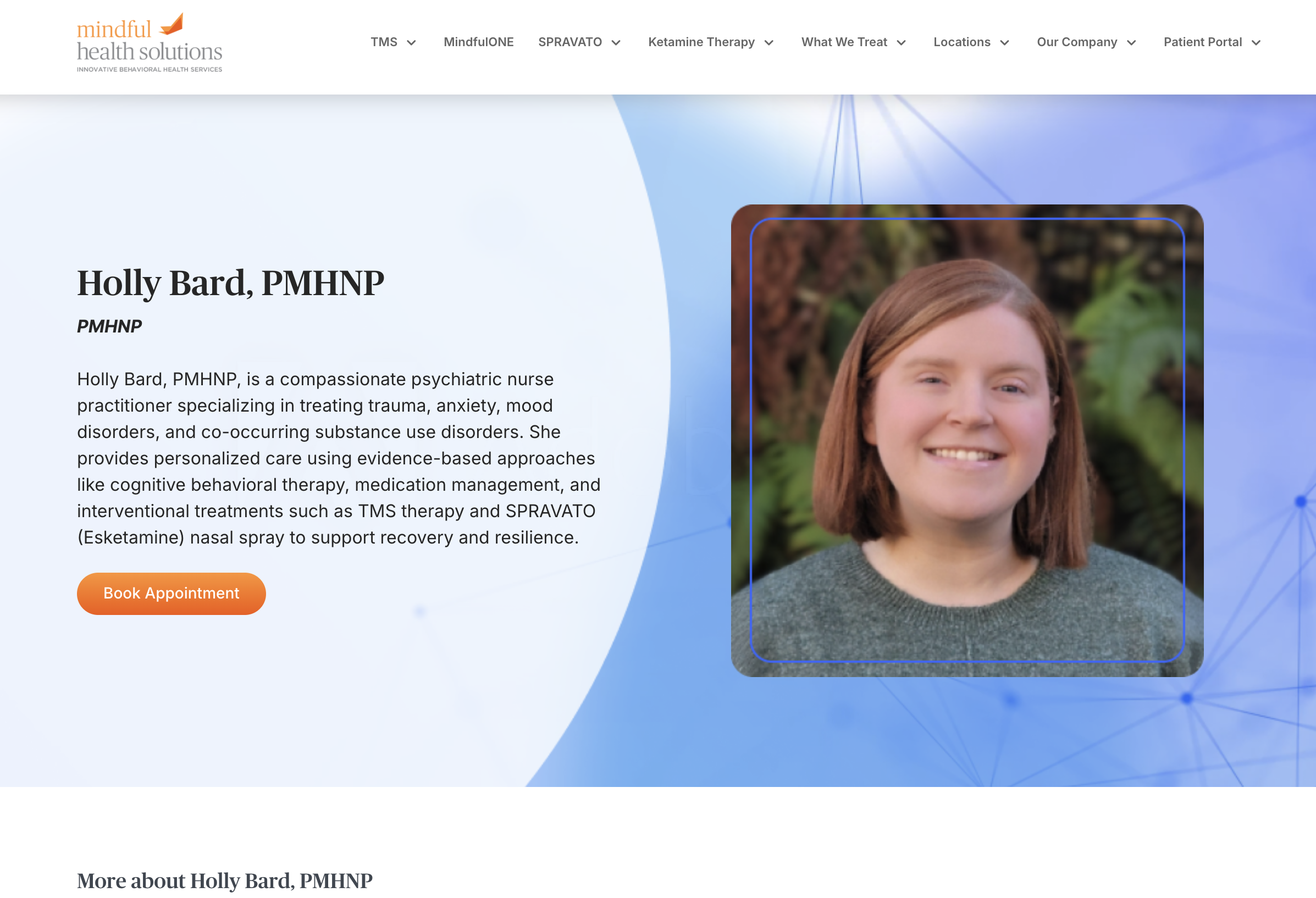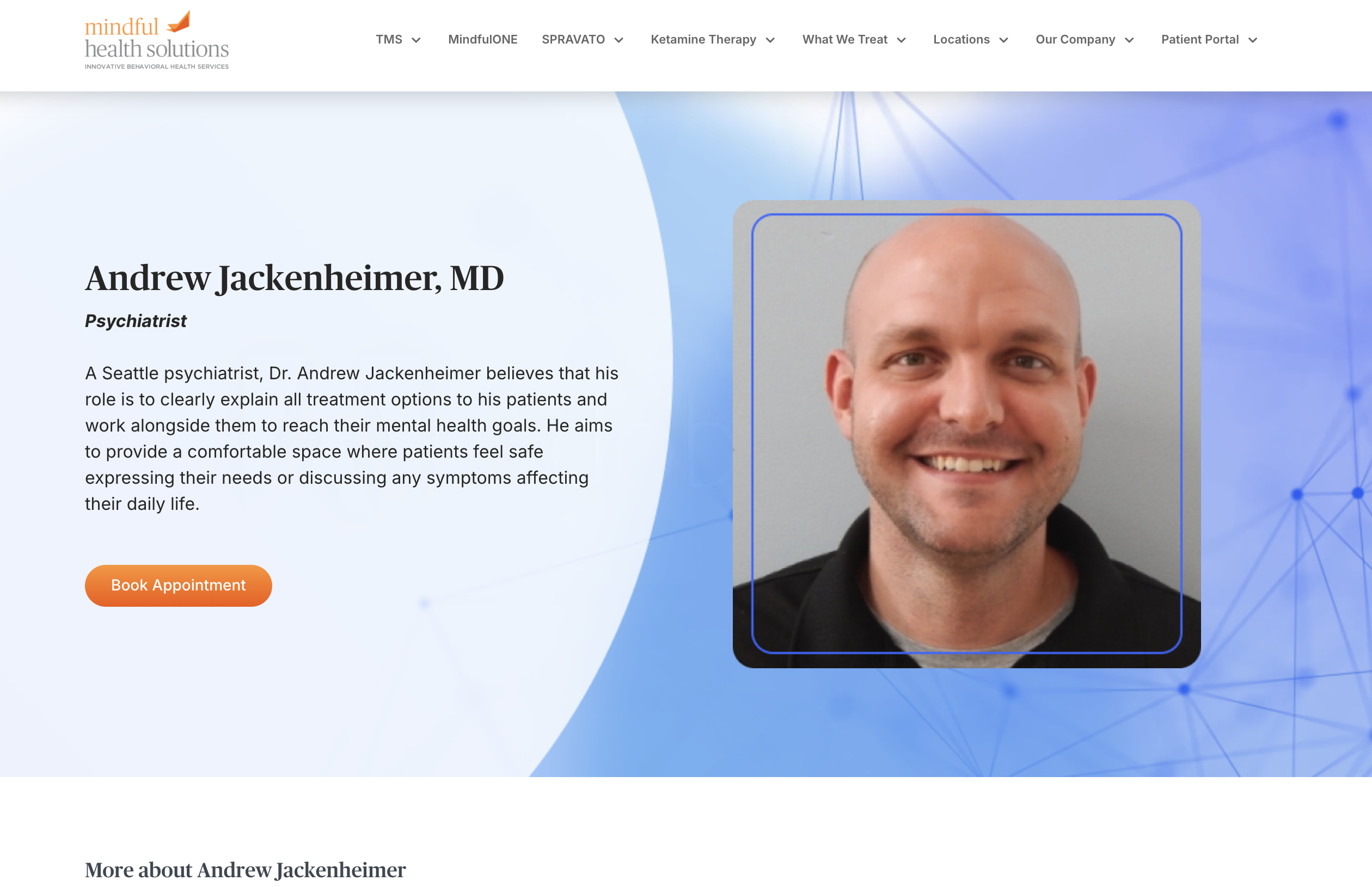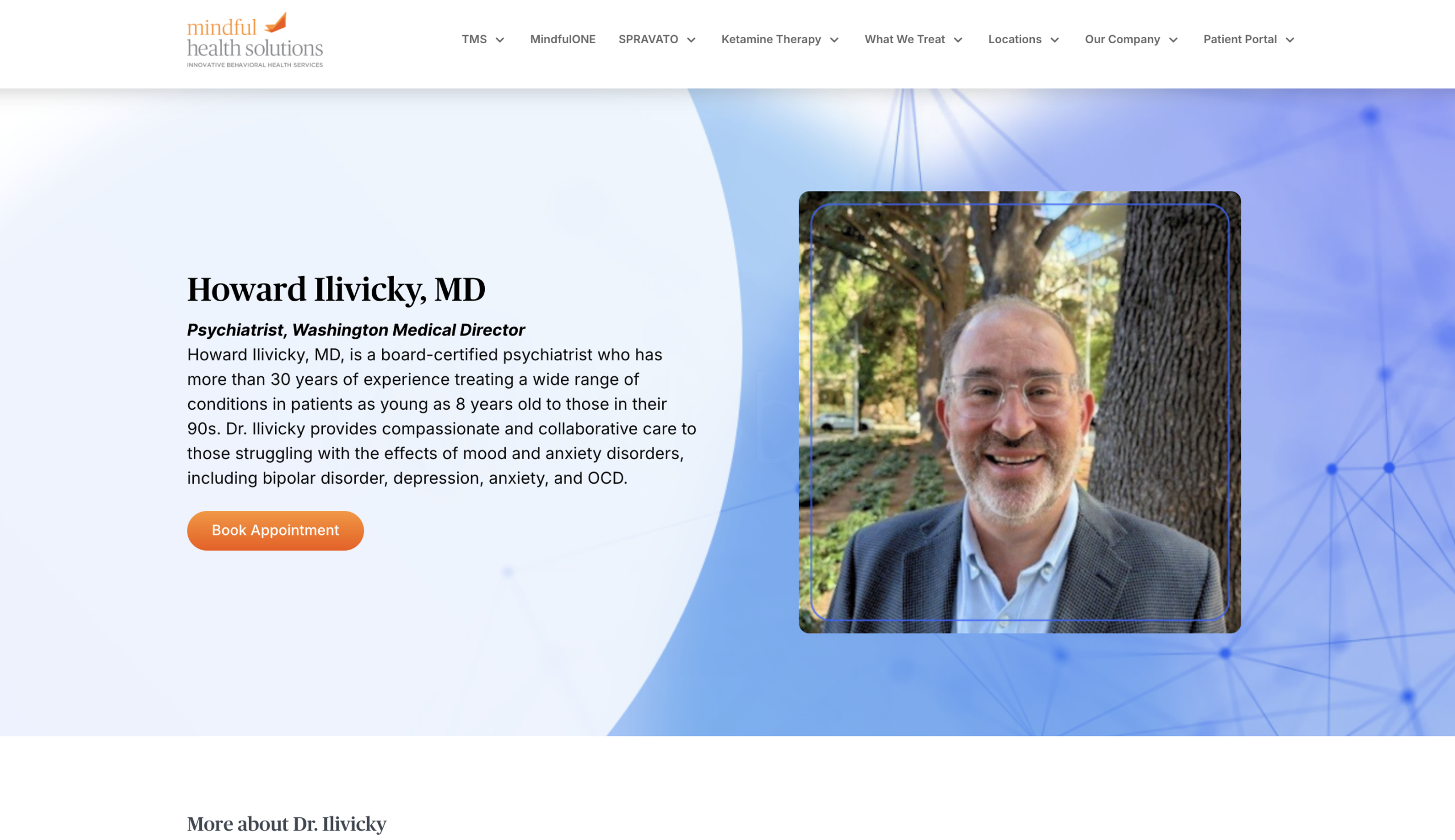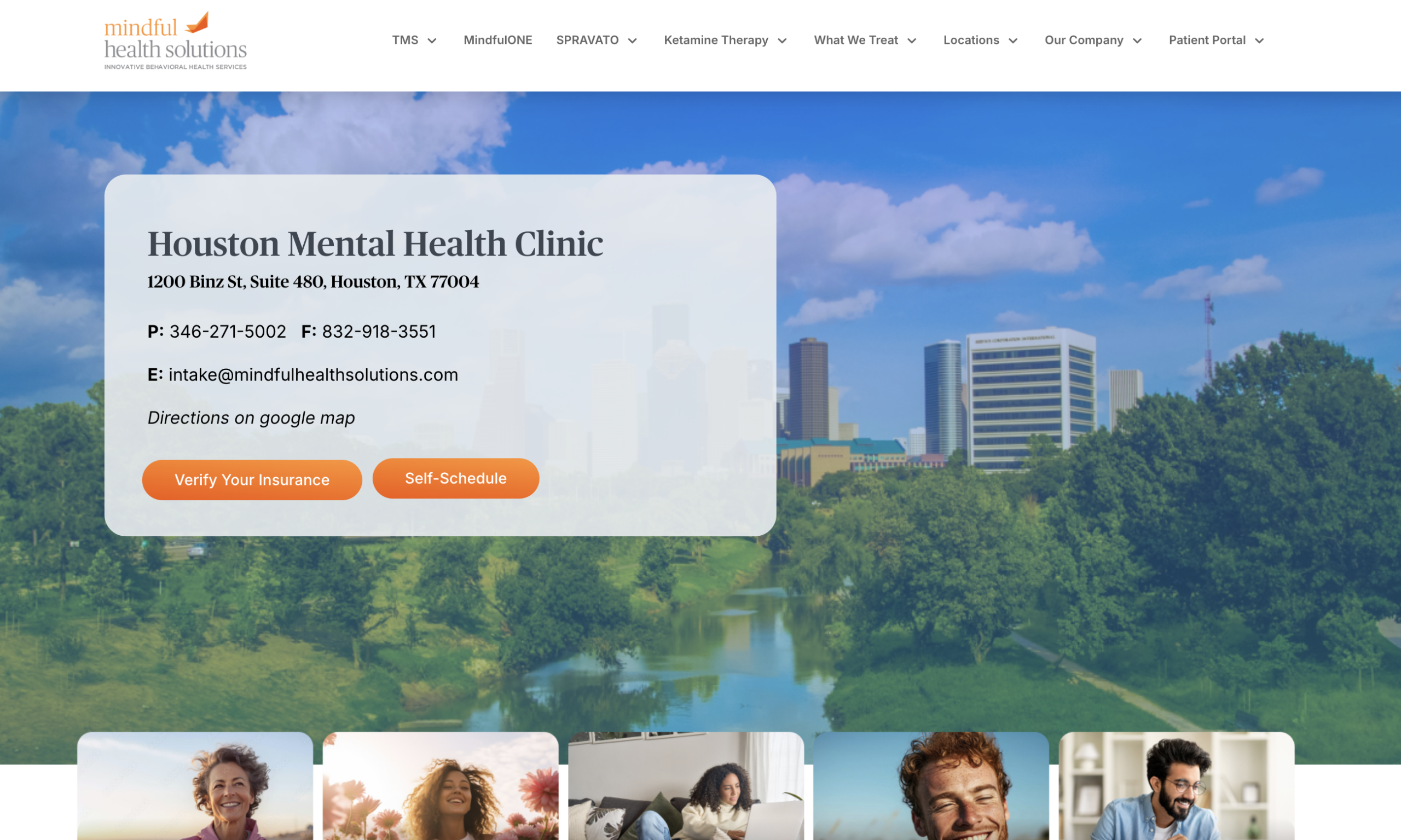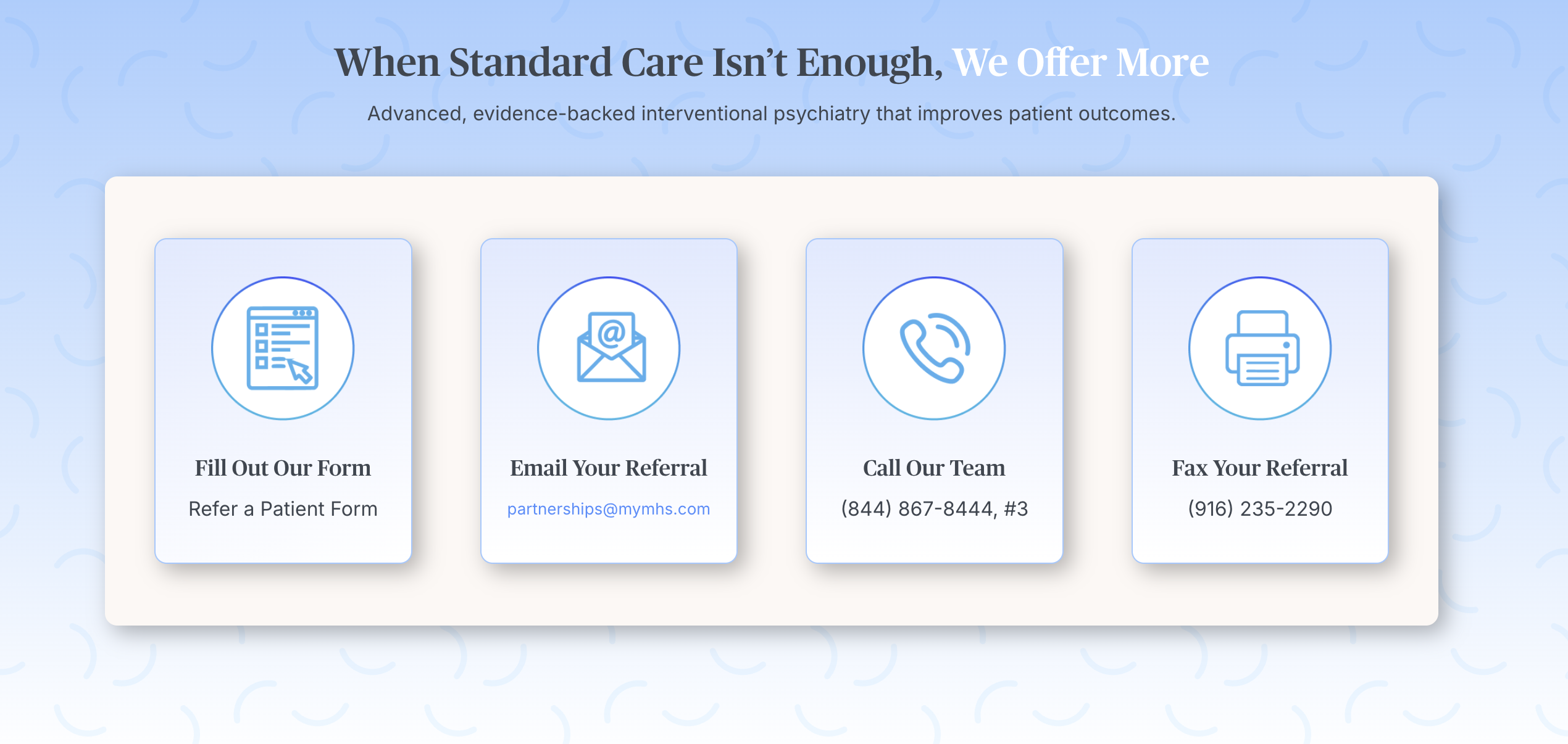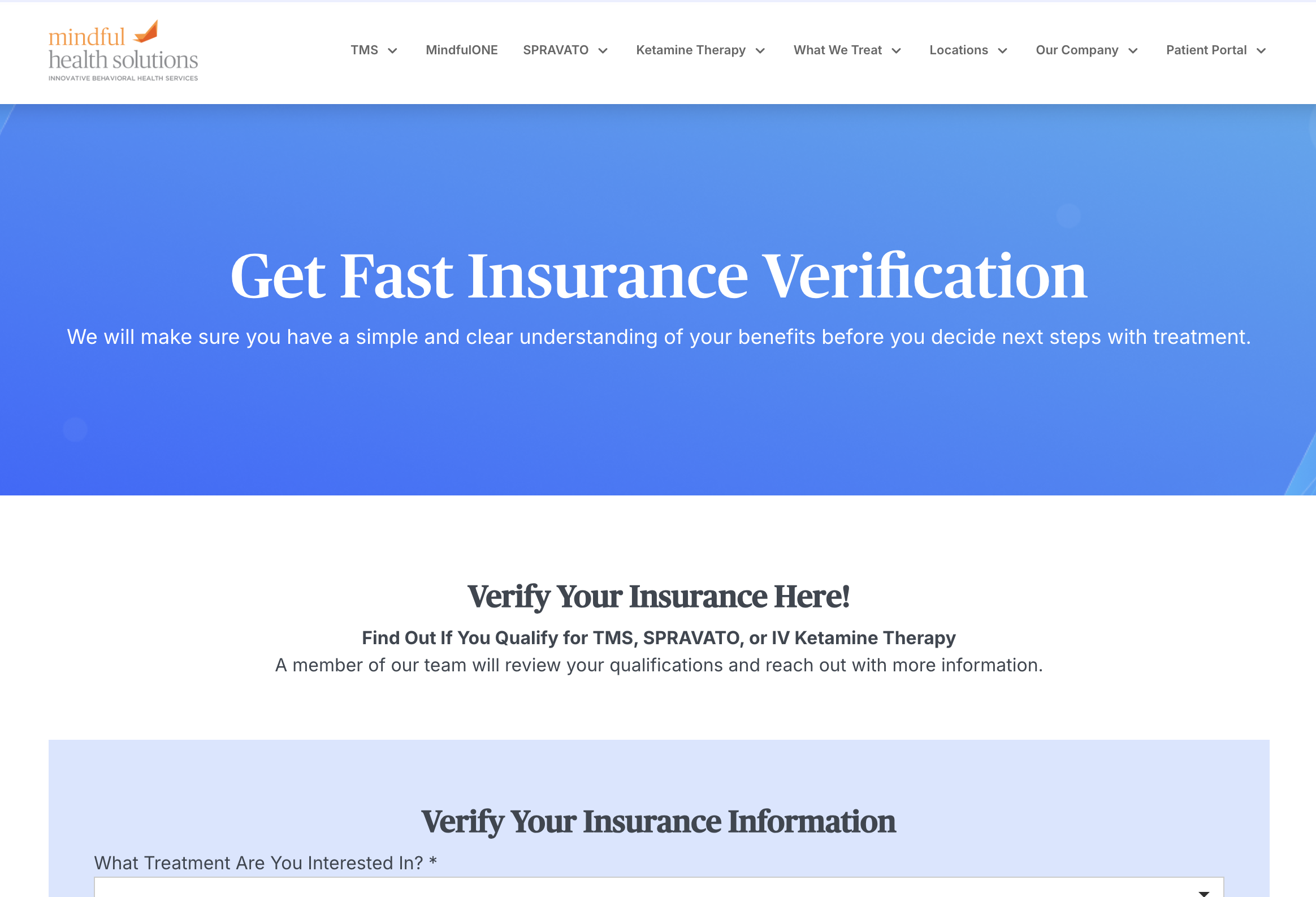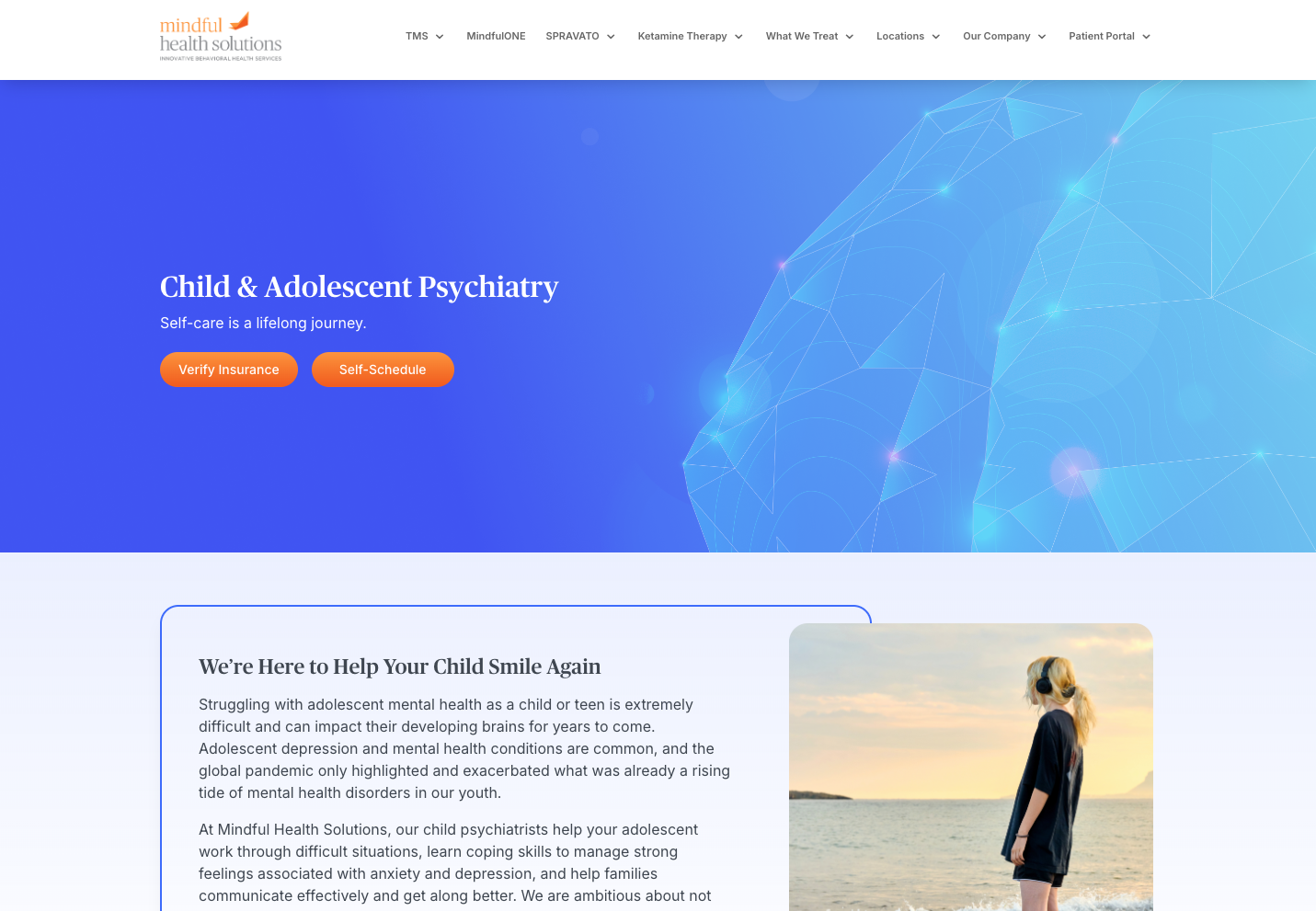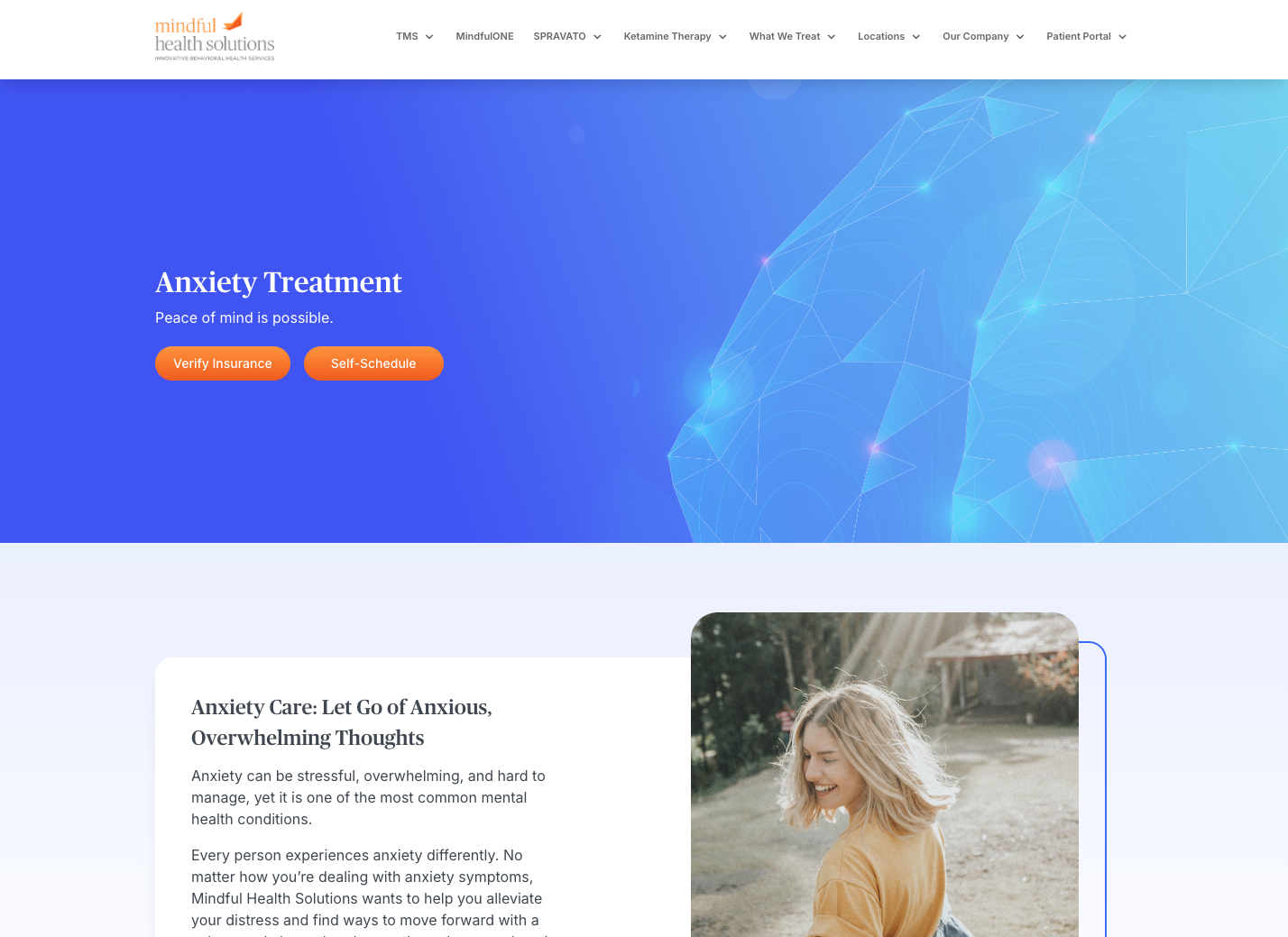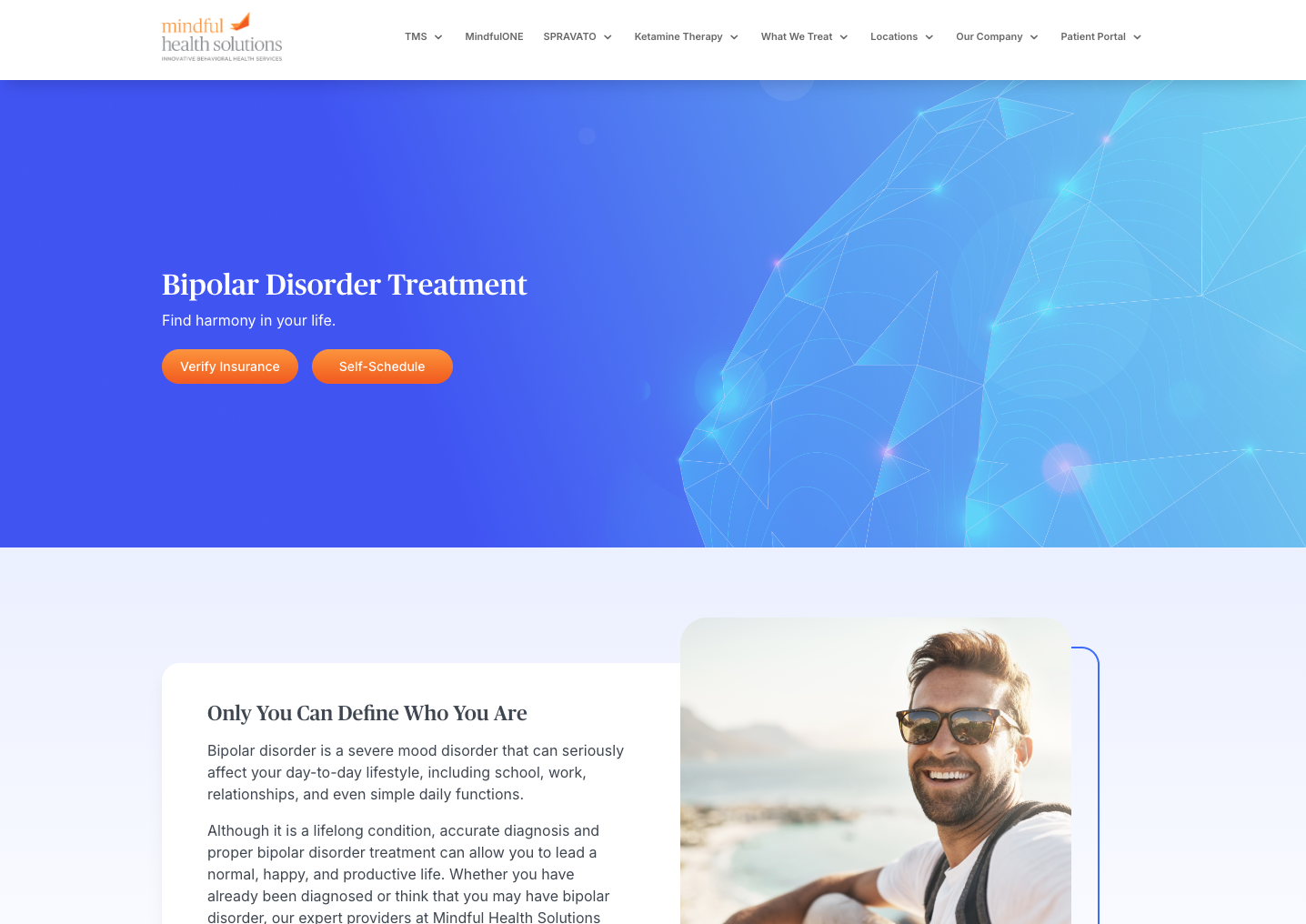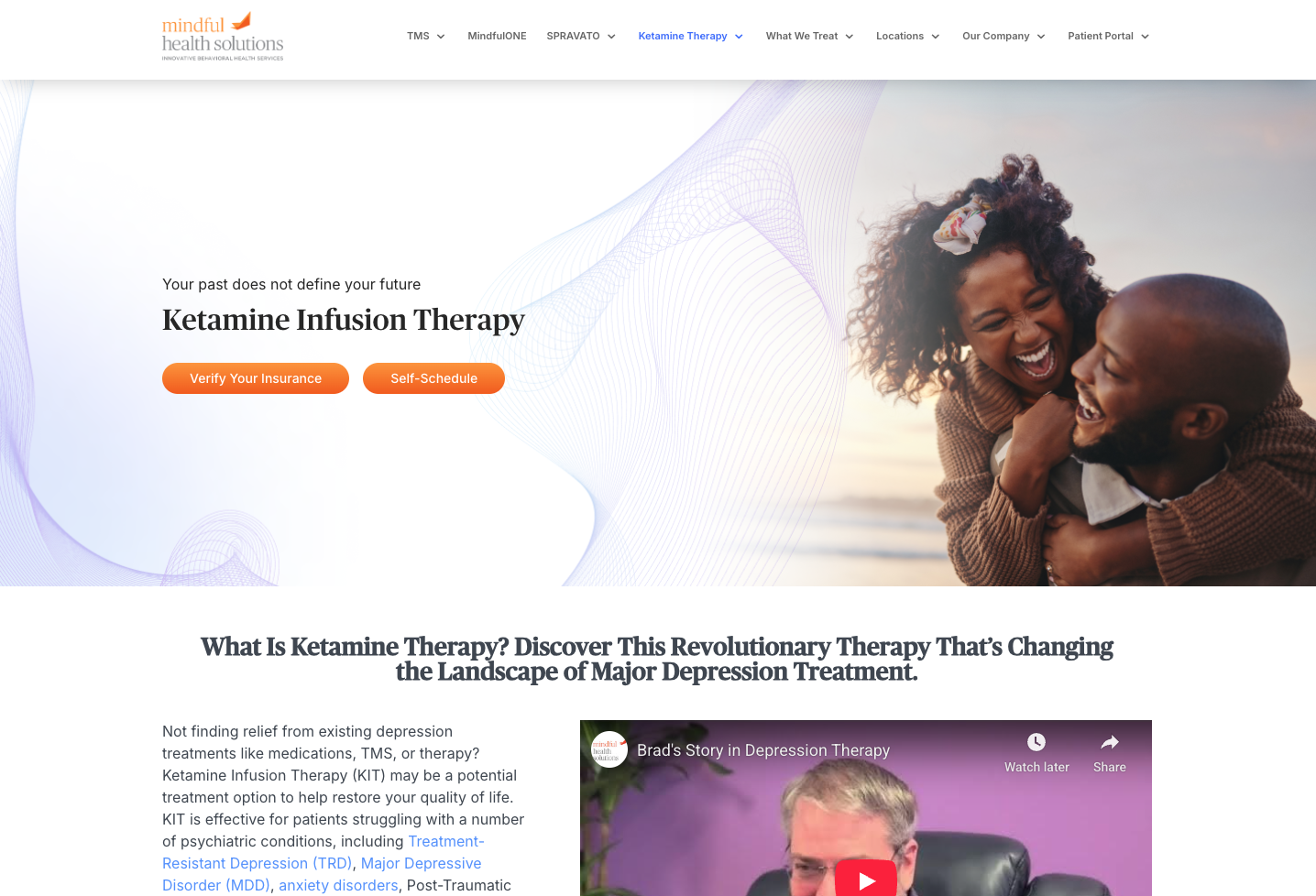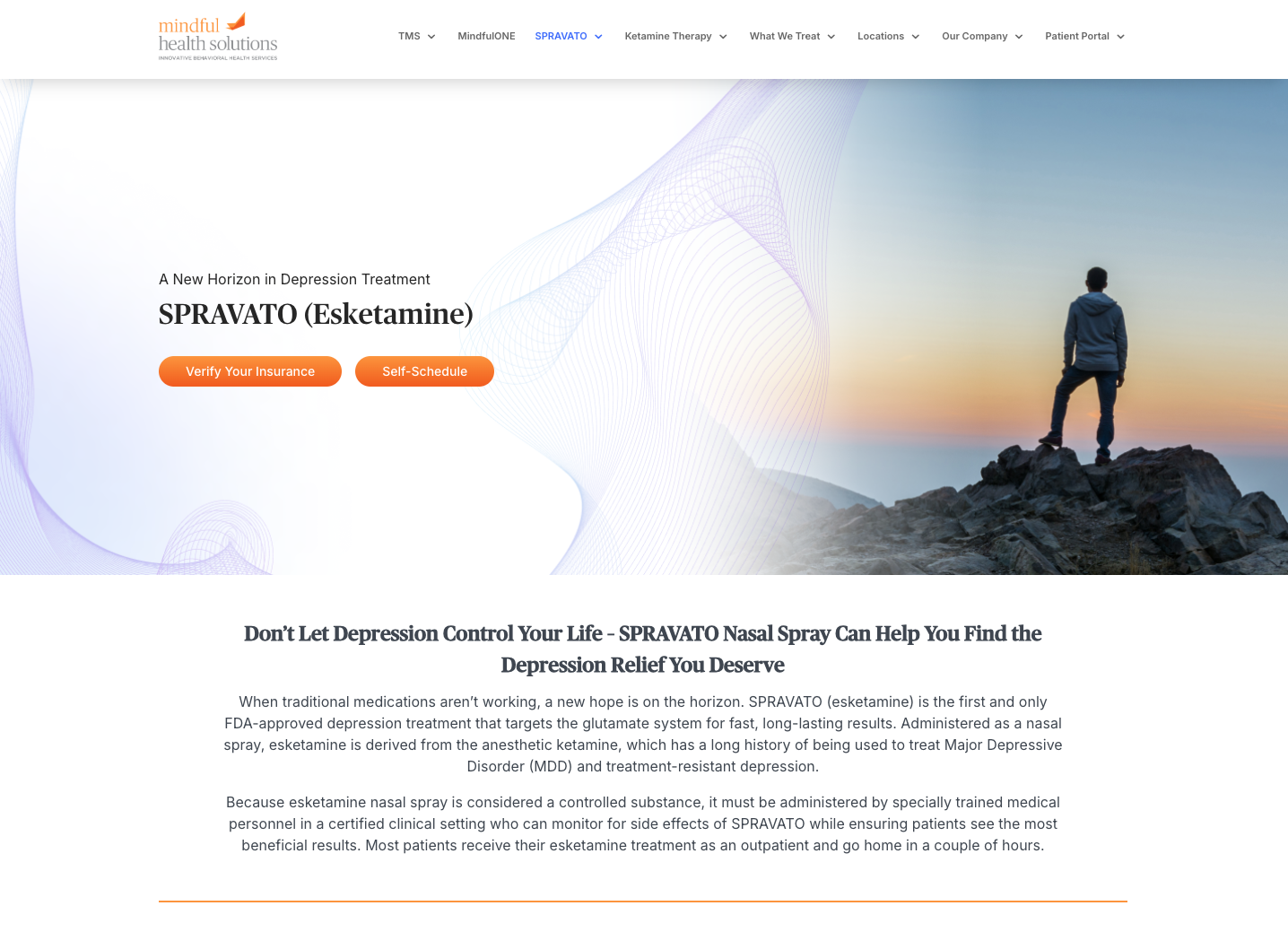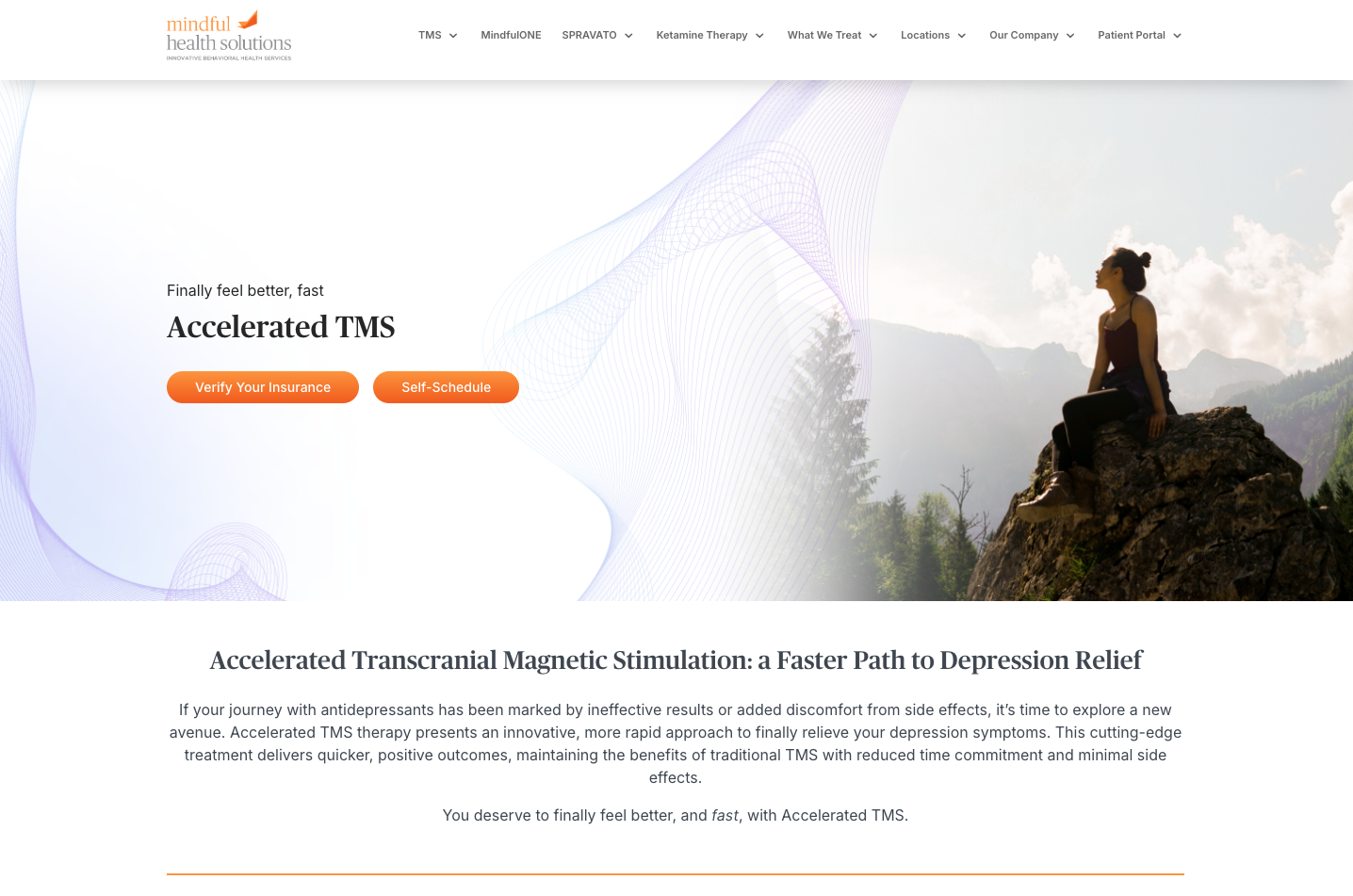Mental health treatments are evolving beyond traditional antidepressants, and we think it’s about time. Of course, medications are invaluable in helping to treat clinical depression and other mood disorders, but they don’t work for everyone. Rather than trying medication after medication with no results or uncomfortable side effects, people can now try alternative treatments like ketamine infusion therapy or esketamine nasal spray. Both treatments are derived from the drug ketamine and are successful in treating depression. While these treatments have similarities, they also have important differences. If you’re interested in checking out one or the other, keep reading to see which one may work best for you.
Please note that you will need to consult with your provider to ensure that either treatment will work well given your medical history and mental health needs.
Just started thinking about getting mental health support? Read this.
What is ketamine infusion therapy?
Ketamine infusion therapy has proven effective for patients struggling with psychiatric conditions, including treatment-resistant treatment-resistant depression, anxiety disorders, post-traumatic stress disorder (PTSD), obsessive-compulsive disorder (OCD), and suicidal ideation. This treatment is delivered intravenously.
Learn more about ketamine infusion therapy works and what a session looks like.
What is esketamine nasal spray?
Esketamine is a drug that is derived from ketamine, which has a long history of being used to treat depression, and it is actually a more potent form of ketamine. Treatments come in the form of a nasal spray, which has a brand name called Spravato. The nasal spray is to be used alongside antidepressants to treat more severe cases of depression that are categorized as treatment-resistant depression (TRD).
The 4 best treatment options for treatment-resistant depression.
The similarities between treatments
People who are struggling with major depressive disorder (MDD) and haven’t found success or have experienced adverse side effects from at least two different antidepressant treatments may have TRD. People with TRD may finally find success with esketamine nasal spray or ketamine infusion therapy.
Both ketamine and esketamine act on your NMDA (N-methyl-D-aspartate) receptors. They work differently than antidepressants because they increase the brain’s most powerful chemical messenger: glutamate levels. Increasing your glutamate levels results in a greater reach and more substantial impact on brain cells with a single dose when compared to antidepressants.
Both drugs are considered controlled substances and must be administered by specially trained medical personnel in a certified clinical setting. Most patients are able to receive treatment as an outpatient and can go home in a couple of hours.
Explore the 5 amazing benefits of esketamine treatment.
The differences between treatments
While both ketamine infusion therapy and esketamine nasal spray share some common characteristics, there are important differences between the two treatments that you should consider.
Application methods & Frequency
Ketamine infusion therapy: Treatment is administered intravenously by trained medical personnel in a clinical setting.
Esketamine nasal spray: Self-administered nasal spray, but must be administered under supervision in a clinical setting. A typical course of esketamine treatment consists of twelve sessions over two months.
Success rates
Ketamine infusion therapy: Clinical studies show that ketamine infusion therapy can effectively treat MDD and TRD with a success rate as high as 80%. Most patients show immediate improvement after just their first or second infusion.
Check out ketamine infusion therapy at Mindful Health Solutions.
Esketamine nasal spray: 69% of patients show improvement in their depression symptoms with esketamine after just eight treatments.
FDA-approval
Ketamine infusion therapy: Ketamine infusion therapy has not been FDA-approved yet.
Esketamine nasal spray: In 2019, esketamine nasal spray (with the brand name “Spravato”) became FDA-approved for treatment-resistant depression in adults. It was also the only FDA-approved psychiatric drug for major depressive disorder (MDD) with acute suicidal ideation in adults.
Side effects
For both ketamine infusion therapy and esketamine nasal spray, most side effects usually only occur within one to two hours after being administered. To help ensure the safety of patients, there is a two-hour window of supervision at the clinic following the administration before patients can leave and head home.
Ketamine infusion therapy: Although you may not experience any of these side effects, the most common side effects of ketamine infusion therapy include:
- Double vision
- Dream-like state
- Feeling strange or loopy
- Disassociation
- Difficulty speaking
- Loss of appetite
- Nausea
- Slight pain at the injection site
Esketamine nasal spray: The most common side effects of esketamine include:
- Sleepiness
- Nausea
- Increased blood pressure
- Bad taste in the mouth (from the spray itself)
- Dissociation
Accessibility
Accessibility for both treatments depends on where you decide to go. In this section, our notes on accessibility are tailored for if you were to get treated with us at Mindful Health Solutions.
Ketamine infusion therapy: As of January 2023, we are only offering ketamine infusion therapy through our San Francisco and Oakland clinics.
Esketamine nasal spray: While ketamine infusion therapy currently has more limited accessibility, esketamine nasal spray is offered at all our clinic locations in California. We are working to expand this treatment option to our new clinics in Georgia, Texas, and Washington as well. Since it is self-administered with nasal spray, patients have their treatments under medical supervision in our clinics rather than going to a hospital.
Insurance coverage
Ketamine infusion therapy: Because ketamine infusion therapy is not yet FDA approved, it isn’t covered by many insurances. In fact, as of February 2023, with the exception of Kaiser insurance, Ketamine Infusion Therapy (KIT) is not eligible for insurance reimbursement at this time.
However, treatments are available by cash payment.
Esketamine nasal spray: Because esketamine nasal spray is FDA-approved for treatment-resistant depression, some insurance plans cover treatments. Please note that for insurance to cover esketamine treatments, you usually have to prove that you’ve tried two or more medication trials with no relief of symptoms. However, our providers can help you figure that out during your initial screening. At Mindful Health Solutions, we work hard on a patient-by-patient basis to advocate for coverage for all patients who need treatment. When insurance coverage is not approved or available for esketamine nasal spray, we help patients obtain financial assistance.
Talk to your provider
Both ketamine infusion therapy and esketamine nasal spray are innovative, alternative treatment options that can help people finally find relief from their depression symptoms. For either treatment to become included in your customized treatment plan at Mindful Health Solutions, our staff will gather information on your symptoms, background, and any attempted treatments.
At the same time, they will answer any questions about the treatment process and, if you are interested, discuss how the treatment works. From there, you will be able to schedule your treatment sessions. Your physician will also help you to determine maintenance treatments based on your unique needs.
If you’ve been struggling with depression and are unable to find relief, we want to help. Call our intake line today at 844-867-8444 to schedule a consultation appointment with one of our expert providers. You deserve to feel better.
